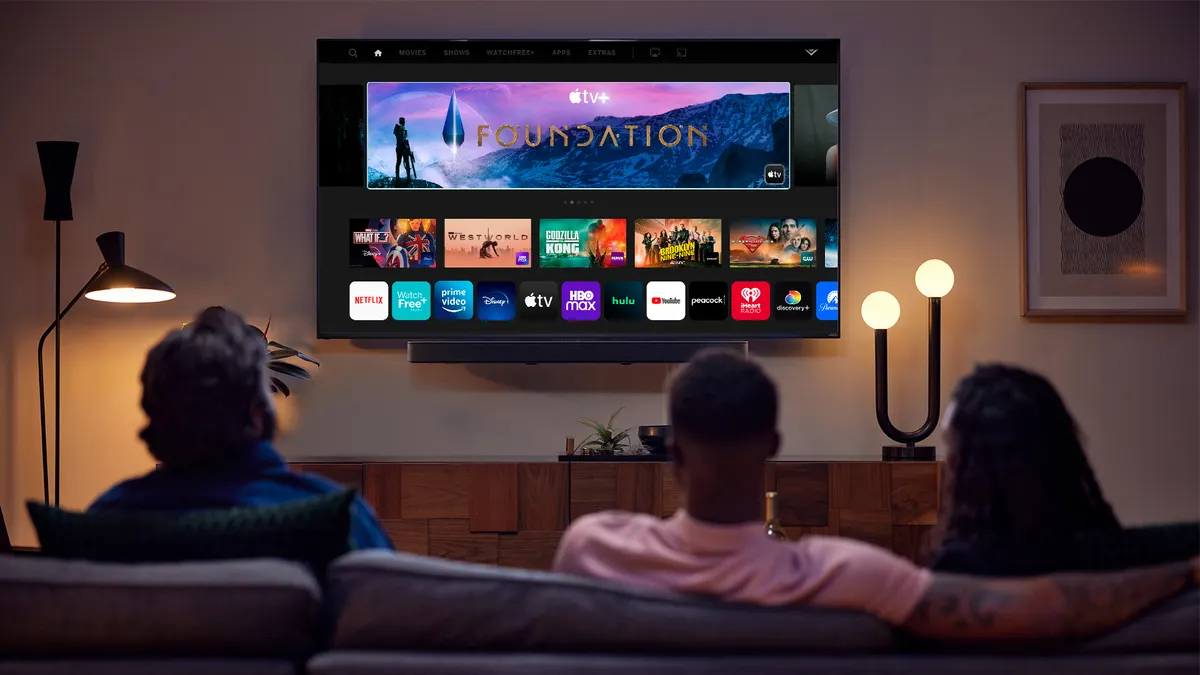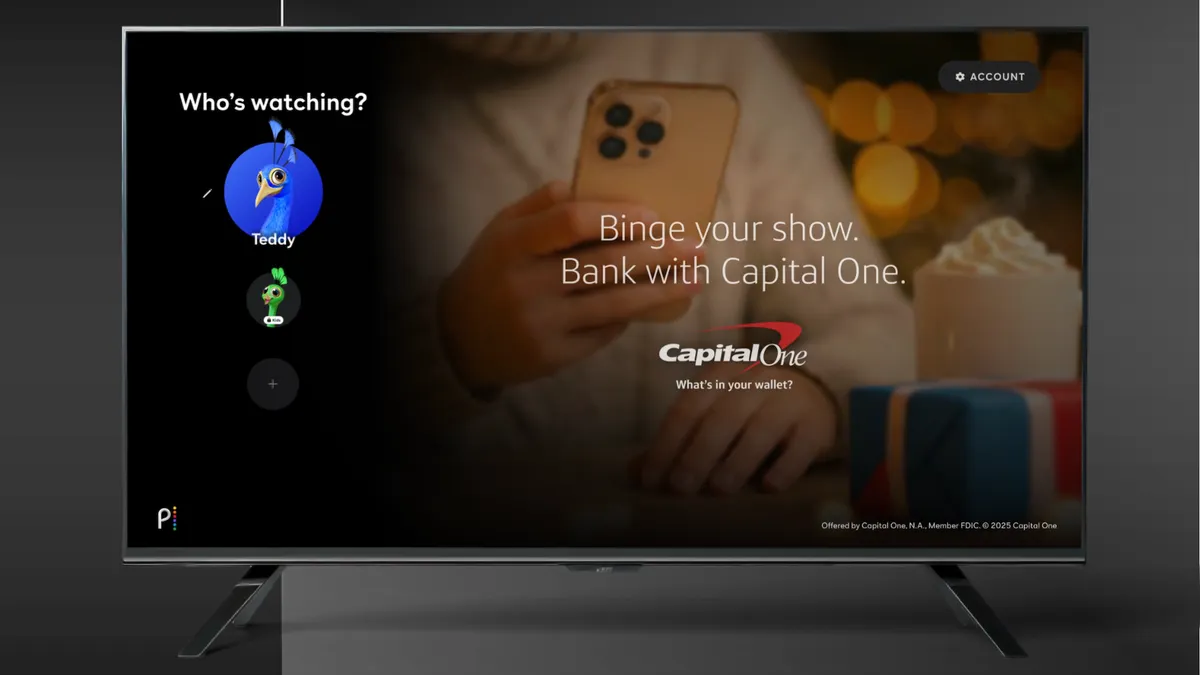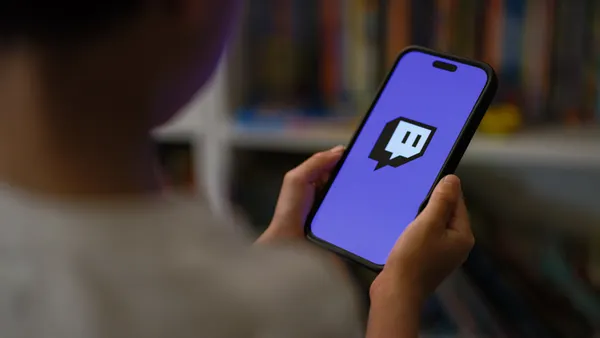Think an original short film from a brand would cost too much and have limited reach?
Consider this: hospitality chain Marriott released the follow-up to its Two Bellmen original short film earlier this year, with the sequel approaching 8 million views on YouTube — more than the number of viewers who tuned in to see the recent TV premiere of Matt LeBlanc’s well-publicized CBS comedy Man with a Plan.
Two Bellmen Two, a 19-minute action comedy, built its viewership over months as consumers shared the content with friends — and maybe comparing it to a single episode of a network show isn’t fair. But that’s kind of the point. As consumers increasingly shift their viewing habits from TV to smartphones and laptops, savvy brands are creating content that makes an emotional connection with viewers and, as a result, gets them in front of impressive numbers of potential new customers — in some cases, more than they could with a traditional TV ad.
“If you deliver something that is valuable and they want to watch, they will actually engage,” David Beebe, VP of creative and content marketing at Marriott International, said at ad:tech this week.
Content moves in-house
The shift taking place in the traditional content creation model was the topic of a panel discussion at the ad: tech conference in New York on Wednesday, featuring executives from Marriott International and Charles Schwab who discussed how they are building in-house content studios and why other brands should, too. The trend is part of a broader transformation in entertainment content as consumers shift away from TV to embrace a variety of digital content formats.
As consumers seek out relevant content online that they can share with friends, the demand for video content is growing. At the same time, to effectively engage viewers online, brands need content that is not just an ad but has a strong narrative and bakes the essence of a brand into the concept from the beginning — something that can be difficult for an outside agency to achieve.
While brands have always been in the content business, this used to mean having an agency come up with an idea and then write and produce a branded video that would be shown at a trade show. After realizing the traditional approach might not make sense any longer, Marriott launched its own content studio two years ago, in part because an in-house approach can be more cost-efficient.
While Marriott’s executives understood the need for its marketing strategy to evolve as consumers increasingly skip TV ads, what they may not have been prepared for is what successful original content entails, like ensuring inspiration and making an emotional connection that takes precedence over a sales pitch.
The central idea for Marriott’s first original short film, Two Bellmen, is a hotel heist, something that likely made a few executives uncomfortable — until it became a success. “The brand is a character in the story,” Beebe explained.
Two Bellmen was first launched in early 2015 and has received more than 5 million YouTube views. A sequel came out in early 2016 and now a third installment is set to debut at the end of November.
Marketing becomes a revenue source
The hospitality chain's efforts have proven successful enough that it is now licensing some of its content, turning its marketing into a revenue source.
It is no surprise, then, that Marriott executives have wholeheartedly embraced original content these days — to the point where they now give notes on scripts, according to Beebe.
Marriott’s in-house team of six develops strategy and creative for all of its hotel brands and then finds the right creative partners to produce something that is entertaining and provides value without being intrusive. The range of content types developed by the studio over the past two years includes travel documentaries, webisodes, VR experiences and influencer-driven videos.
Taking risks
For marketers looking to jump into content creation, one of the biggest hurdles can be resistance from traditional-minded executives who are reluctant to make an investment when they don’t see a direct link to a sale.
“What holds brands back is legacy attitudes,” Kirstin Falk, managing director of brand innovation at Charles Schwab, said during the panel. “We are in a space where we don’t know where this is going to end — you have to take risks.”
Charles Schwab created a small team three years ago that is focused on telling brand stories that connect with people. Previously, most of the content created under the marketing umbrella was focused primarily on selling products and services.
As brands increasingly become content creators, brands need to consider new metrics that provide insight into how their efforts are changing the perception of a brand and opening the door to new relationships. At Charles Schwab, the content team was able to demonstrate that the videos it created acquired new customers and drove existing ones to sign up for additional products.
Finding an audience
Brands embarking on a content strategy should also make sure that what they create doesn’t exist in a void and provides a way for viewers to continue their engagement with a brand.
“No content should have a dead end,” Beebe said. “It should always push people to do something else, engage with a brand in a different way.”
Another challenge that brands face with their own content is getting it in front of a wide audience.
Charles Schwab’s distribution strategy relies heavily on social media to engage new audiences and expand the brand’s reach while Marriott leverages its own channels to distribute content in addition to social channels. The hospitality company even plans to launch its own network to get content in front of guests on the TVs in their rooms.
“As a hospitality company, we have an intimate relationship with our customers,” said Beebe. “We have the ability to deliver personalized one-to-one content.”





















